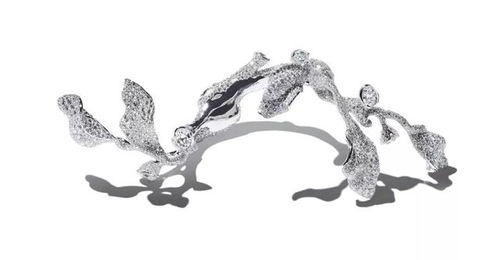Introduction:
Turtle fishing, a unique and fascinating method of angling, has been gaining popularity among fishing enthusiasts. It involves using a turtle as a lure to attract fish. While it may sound unconventional, this method can be highly effective when done correctly. If you're a beginner looking to try your hand at turtle fishing, this article will provide you with essential techniques to help you get started.
Understanding Turtle Fishing:
Before diving into the techniques, it's important to understand the basics of turtle fishing. Turtle fishing is typically done in freshwater environments such as rivers, lakes, and ponds. The turtle is used as a natural bait, which can be more appealing to fish than artificial lures. The key is to mimic the movement and appearance of a real turtle to attract fish.
Choosing the Right Turtle:
The first step in turtle fishing is selecting the right turtle. Not all turtles are suitable for fishing. The best choices are species that are commonly found in freshwater environments and are known to be good swimmers. Some popular options include:
- Red-eared Slider (Trachemys scripta elegans)
- Painted Turtle (Chrysemys picta)
- Spiny Softshell Turtle (Apalone spinifera)
Ensure that you obtain your turtle legally and ethically. It's important to respect wildlife and follow local regulations regarding turtle capture and use.
Preparing the Turtle:
Once you have your turtle, you'll need to prepare it for fishing. Here's how to do it:
- Capture the Turtle: Gently scoop the turtle from the water, being careful not to harm it.
- Remove the Shell: Carefully remove the turtle's shell. This can be done by lifting the shell away from the body.
- Attach the Hook: Insert a fishhook through the meaty part of the turtle's body, near the shell. Make sure the hook is securely attached to the line.
- Secure the Turtle: Use a rubber band or similar material to hold the turtle in place on the hook. This will prevent it from escaping during the fishing process.
Setting Up Your Gear:
To start turtle fishing, you'll need the following equipment:

- Turtle: As mentioned earlier, choose a suitable species.
- Fishing Line: Use a strong, monofilament line that can withstand the weight of the turtle and the fish you're targeting.
- Hook: A sturdy, sharp hook that is appropriate for the size of the fish you're aiming to catch.
- Rod and Reel: A lightweight rod and reel that can handle the weight of the turtle and the fight with the fish.
- Sinkers: Use sinkers to keep the line at the desired depth.
Casting and Retrieving:
Now that you have everything set up, it's time to start fishing:
- Cast: Cast your line out into the water, ensuring that the turtle is securely attached to the hook.
- Retrieve: Retrieve the line at a steady pace, mimicking the natural movement of a swimming turtle. Avoid jerking or making sudden movements, as this can scare away fish.
- Set the Hook: When a fish strikes, the hook will automatically set. Be prepared to fight the fish once it's on the line.
Safety Precautions:
Turtle fishing can be dangerous if not done properly. Here are some safety precautions to keep in mind:
- Handle with Care: Always handle the turtle and fish with care to avoid injury.
- Avoid Overexertion: Be prepared for a fight with a large fish. Don't attempt to lift the fish out of the water until you're sure you can handle it safely.
- Respect the Environment: Keep an eye out for other wildlife and avoid disturbing the environment.
Conclusion:
Turtle fishing is a unique and exciting way to fish that can be highly rewarding for beginners and experienced anglers alike. By following these essential techniques and safety precautions, you'll be well on your way to enjoying a successful turtle fishing experience. Remember to respect wildlife and the environment, and always fish responsibly. Happy fishing!












